It’s a debate that pops up on forums far more than you might expect: full metal jacket (FMJ) versus hollow point (HP) ammo for self-defense.
A huge number of the people who fall on the FMJ side of the fight use the logic that the military uses FMJs and they’re going to do whatever the military does (often the same people who think they should carry the exact same gun as their local PD).
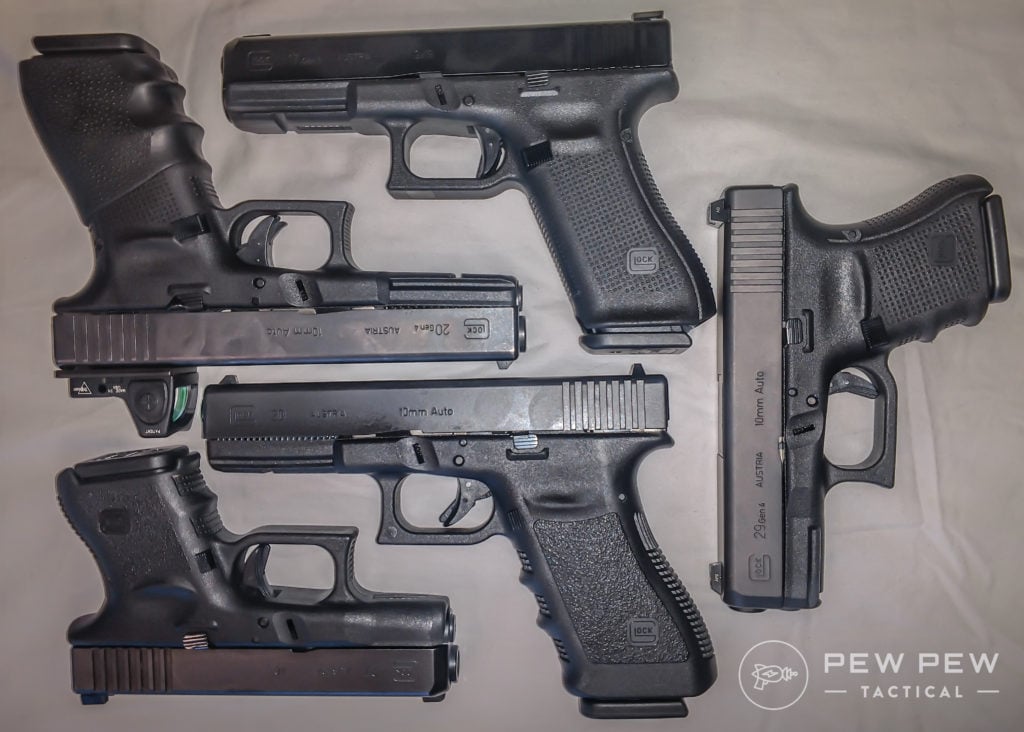
Whether you’re an FMJ or HP side of things, you might be interested to find out what the real history of FMJs in the United States military is… and why.
Here’s a quick breakdown of The Hague Convention and why it’s wrong on so many levels to push for FMJs for self-defense.
Table of Contents
Loading…
But First…
This is how the logic and idea of FMJs keeps going.
Years ago I was sitting around a bonfire, the lone female among a dozen guys, debating ammunition.
The topic of the moment happened to be caliber, not bullet type, but it swung around to FMJ versus HP when a young active-duty soldier sat down.
His first comment was, “I don’t see how caliber matters; I’ve seen a guy hit with a 5.56 and get right back up.”

With a sigh I shot back “that was an FMJ round” – and it was – which brought on a chorus of agreement (and the beginnings of a shot-placement fight, of course). But the blank, confused stare of the guy who’d dropped that little bomb was frustrating.
Not only does your caliber matter but so does the type of bullet. Now you’re thinking well sure, doesn’t everyone know that?
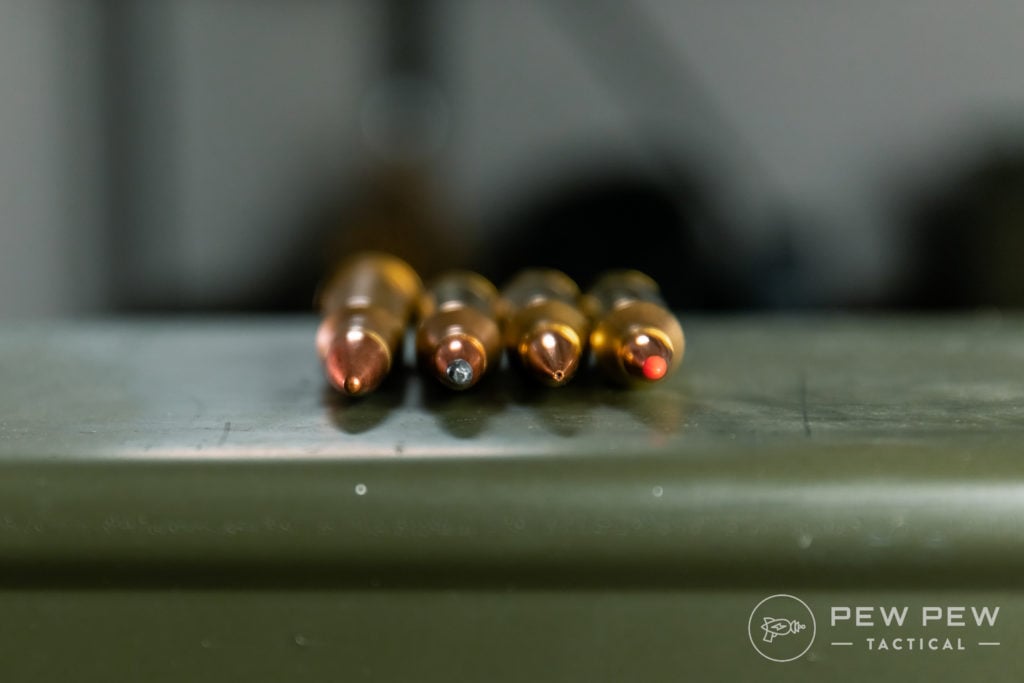
No. No, they do not.
And The Hague Convention is a big part of the reason why (that and because let’s face it, people want to cheap out on ammo and justify it).
The Hague Convention
So, on to the Topic Du Jour.
The Hague Convention of 1899 was intended to create an international arbitration process and ended up wandering off into the weeds over bullet types.
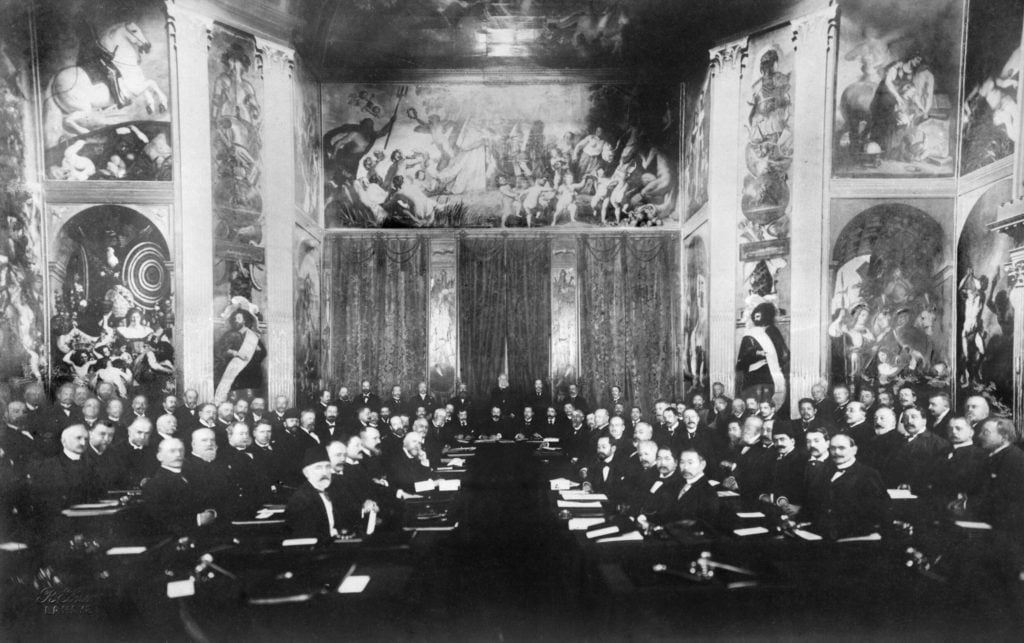
This took place in, yes, 1899, meaning it totally pre-dates modern ammunition and hollow points in general. The closest back then was the early soft points of the 1890s.
Regardless, it was the Germans who pitched a fit about what they saw as the complete brutality of the hollow point’s distant cousin the soft point.
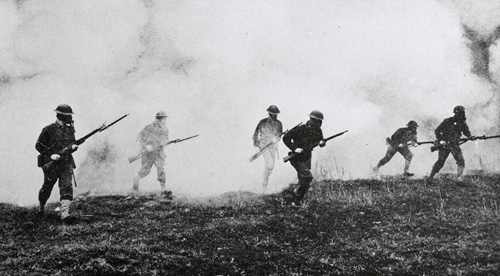
One thing leads to another and Russian Tsar Nicholas II proposed a peace conference for various reasons, several other countries jumped on board and we ended up with this somewhat ancient yet historically cool convention.
I like to imagine this involved frenzied screaming and throwing plates but it probably didn’t, more’s the pity. It was basically how the laws of war were written and it was signed by various countries in 1899 and 1907.

More on that minor detail later.
There is a trio of main treaties to The Hague Convention and three declarations. We’d be here all day if we covered it all so let’s stick to the ammo-related part.
It was the third and final declaration that has affected our military’s use of force:
“Declaration concerning the Prohibition of the Use of Bullets which can Easily Expand or Change their Form inside the Human Body such as Bullets with a Hard Covering which does not Completely Cover the Core, or containing Indentations” (capitalization theirs).
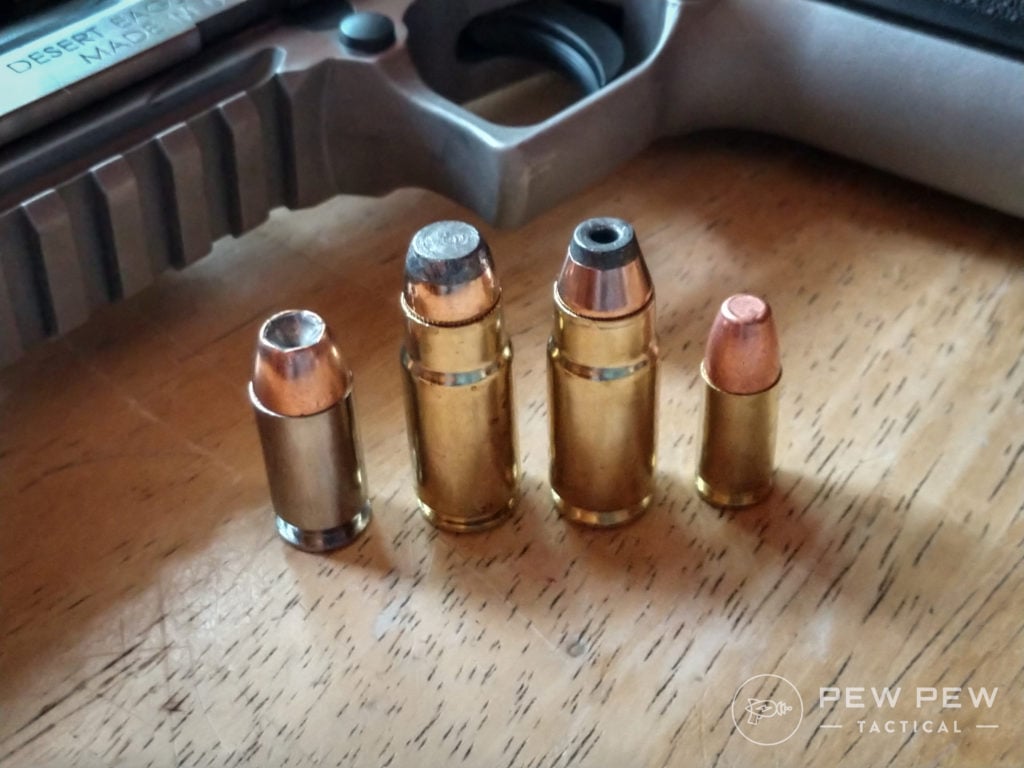
The purpose of that final declaration, in more understandable terms, was that all agreeing parties would “abstain from the use of bullets which expand or flatten easily in the human body, such as bullets with a hard envelope which does not entirely cover the core, or is pierced with incisions.”
Most countries signed on the dotted line and agreed to use only ball ammo but there was one country that abstained from signing: the United States.
That’s right, we never did actually sign it (we signed part but not all of it).

We specifically didn’t sign Article IV and under Article IV, Section 3, you find the part where only ball ammo can be used between two signatories.
Wait… we were not and are not a signatory. Remember that for later.
Full Metal Jacket 101
FMJs do indeed have a hard metal case made from a variety of materials including gilding metal, cupronickel, or steel. Their design means they penetrate without expanding (this is where over-penetration is a big thing).
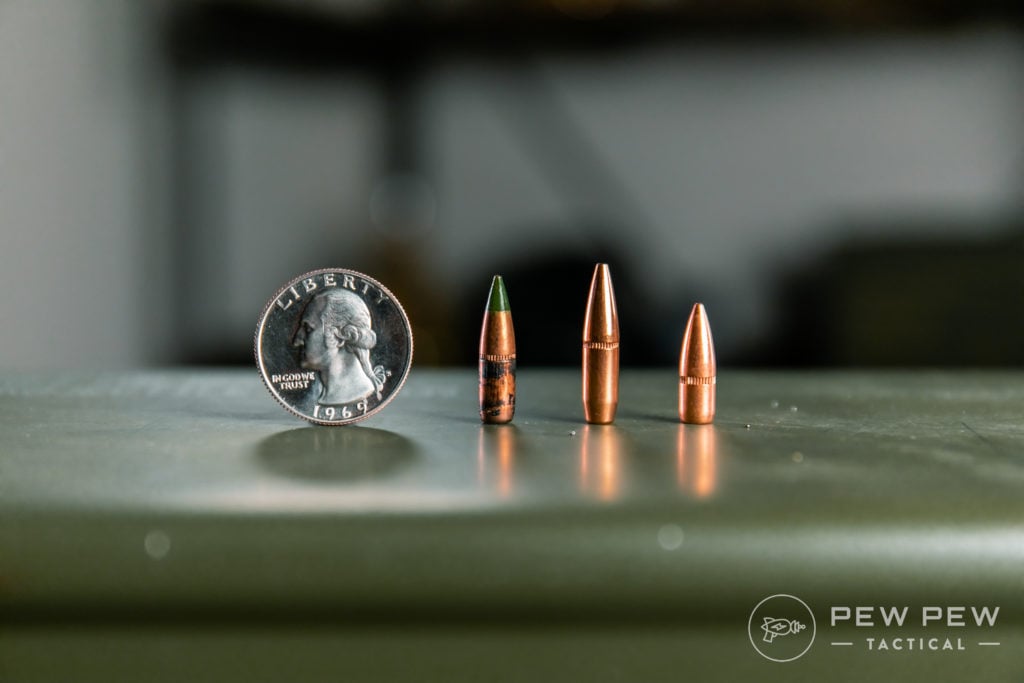
They’re far cheaper to manufacture and pretty ideal for target practice and some but not all training.
If you want to burn ammo at the range without feeling as though you’re hemorrhaging money you want FMJs.

However, the way they penetrate right through their targets makes them a liability for the general public. An FMJ aimed at an assailant has a much greater – and likely – chance of blowing right through the intended target and striking an innocent bystander.
Here’s the other problem: FMJ’s make smaller, neater, more direct wound tracks meaning they are far less likely to stop a threat than an HP. This is also why you won’t find hunters using them.
Now, it has been argued that using FMJs in battle can actually help because it might require the attacking military to use more men to drag the injured man off for help.

The guy who got shot with FMJs is more likely to be damaged but not dead, they say, so it does reduce the numbers of the opposing force.
I have to say that’s a thin argument and relies heavily on the other guys giving a crap when someone gets shot.
Hollow Points
HPs have a hollowed-out nose which aids them in expanding on impact. There are a lot of different kinds of HP but for today’s purposes, you just need to remember that they expand.
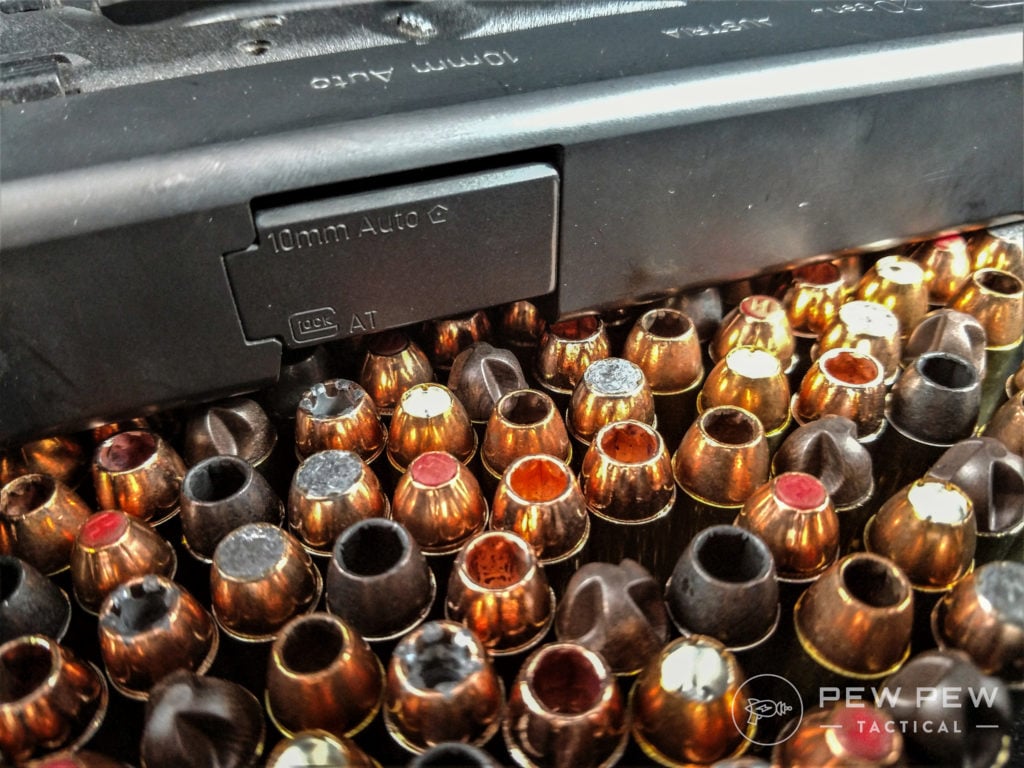
How much the expand depends on the specific bullet and a ton of mitigating factors like caliber, distance from the target, what the attacker is or is not wearing, and so on.
The impact increases the axial diameter of the bullet and creates a way more devastating wound track than you get with an FMJ. HPs are much less likely to over-penetrate.
What an HP does do is make a big hole, fast.
Shot Placement
It doesn’t matter if you’re running a .50 BMG with the latest technologically-advanced HPs ever; if you cannot hit the broad side of a barn, you’re screwed.
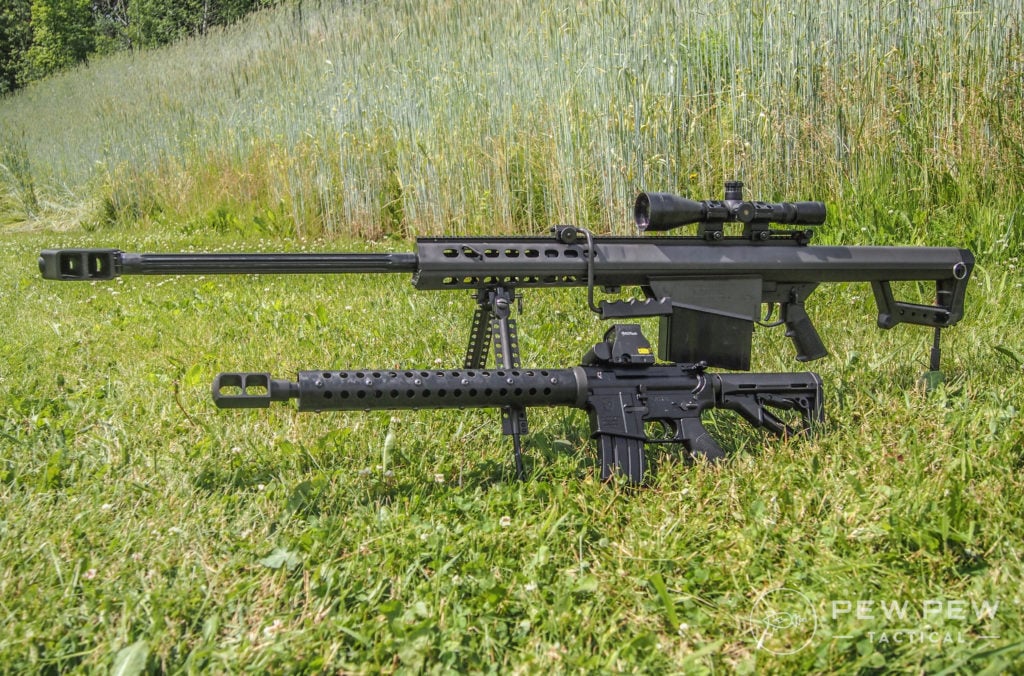
Even so, caliber does matter because bigger projectiles make bigger holes. There’s more to it than that, but it’s still true on the surface.
According to The Hague Convention of 1899, our military is not “allowed” to cause physical damage with bullets. You could even take it a step further and say we’re not supposed to kill attacking forces, just piss them off.
Killing people is rather rude.
This logic seems like telling a child who is being bullied he should slap the bully across the face hard enough to make him mad but not hard enough to knock him out cold and end the fight.
Heaven forbid we end the fight once and for all, am I right?
Of course, there’s the Hague Convention of 1907. The one the United States did sign.
The Hague Convention IV of 1907, Article 23(e), says:
“…it is especially forbidden… To employ arms, projectiles, or material calculated to cause unnecessary suffering.”
This line was used for years to justify issuing snipers ammo that didn’t get the job done as it could have.
There is some irony there because at the time of the early Hague Conventions being shot with ball ammo frequently meant tiny lead fragments spinning off into your body causing a slow death by horrible, festering infection and/or the drowning sensations of pneumonia.

Doesn’t that sound like unnecessary pain and suffering?
Exceptions to the Rule
There are always exceptions to the rule, and for years HPs were authorized for use by Tier-1 Special Mission Units.

The verbiage and reasoning used was something about their designation as counterterrorism forces. But when it comes to those outside the elite special forces community, FMJ was the standard issue for decades.
There is that minor detail that the United States uses all manner of fragmentation and thermite grenades, rocket launchers, and anti-personnel mines, among other weapons.
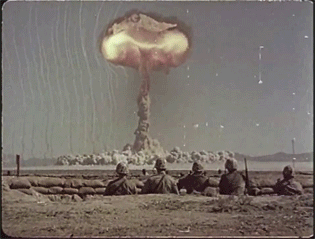
And then there are our array explosives like thermobaric weapons such as fuel-air bombs (FAE) and bunker busters like the BLU-113 Super Penetrator.
We dropped Fat Man and Little Boy on Nagasaki and Hiroshima and effectively bringing World War II to an end.
Then there’s one of my personal favorites, the AC-130H Spectre gunship, armed with a pair of 20mm Vulcan cannons, a 40mm Bofors cannon, and a 105mm Howitzer.
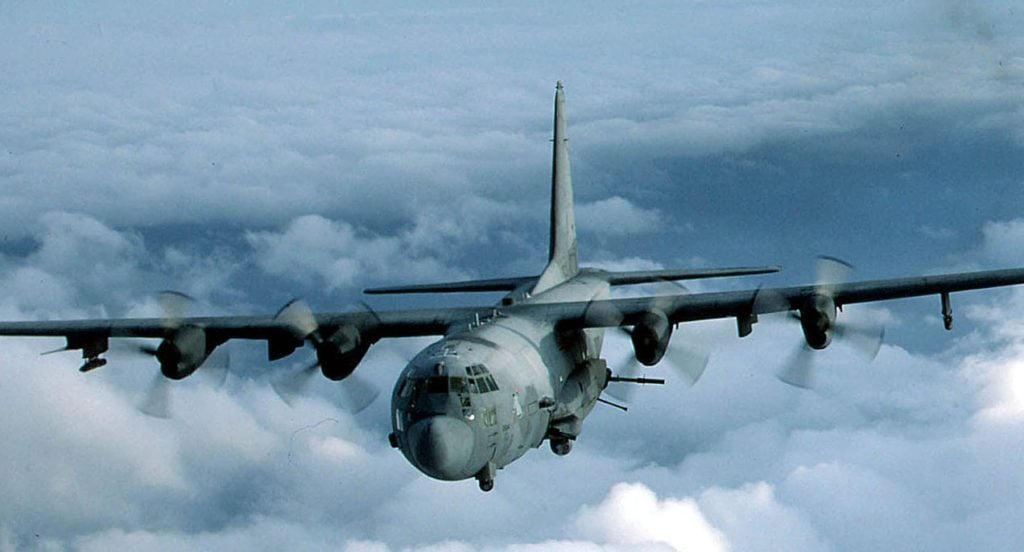
It’s provided close air support for countless men on the ground (the “H” model was retired but that yet another story for yet another day).
Then 2015 Happened
Finally, in 2015, the United States Army decided it was time to issue hollow points for service members’ handguns.
Hey, it only took over a century. When asked about The Hague Convention – remember, a ton of people really believe we have to follow it – lawyers responded that we never did sign that thing and this is America so we can do what we want.
Prices accurate at time of writing
Prices accurate at time of writing
-
25% off all OAKLEY products - OAKLEY25
Copied! Visit Merchant
Okay, so there was more to it, but you get the idea.
This was a fairly monumental change for our military. FMJs were designated for training purposes and HPs/JHPs were designated for combat.
The announcement was made at the U.S. Army’s Picatinny Arsenal while the military was putting on a military industry event about the Modular Handgun System (topic number 10,243 for another day).
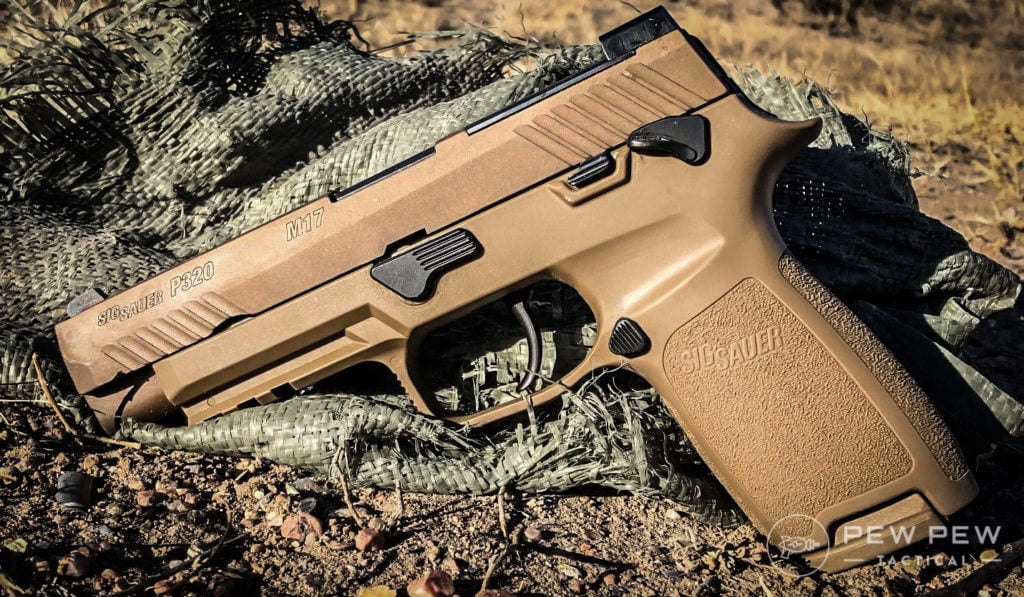
The lawyer who informed attendees of the change rightly pointed out that JHPs are actually more humane and efficient, plus they drastically reduce risk to innocent bystanders.
Even though this kicked off in 2015 the military is a wee bit slow at change so it has taken years for them to get around to handling things.
They finally selected SIG Sauer as the winner of their Modular Handgun System competition and, in turn, SIG went with Winchester to supply the new ammo.
If you’re wondering why SIG didn’t just use their own ammo it’s because back when the competition began their ammo manufacturing, wasn’t remotely ready for a military contract.
Sig makes great ammo, they just didn’t make enough of it at the time. Something they are actively working on massively expanding for the new .277 Fury round and the Army’s Next Generation Squad Weapons (NGSW) program.
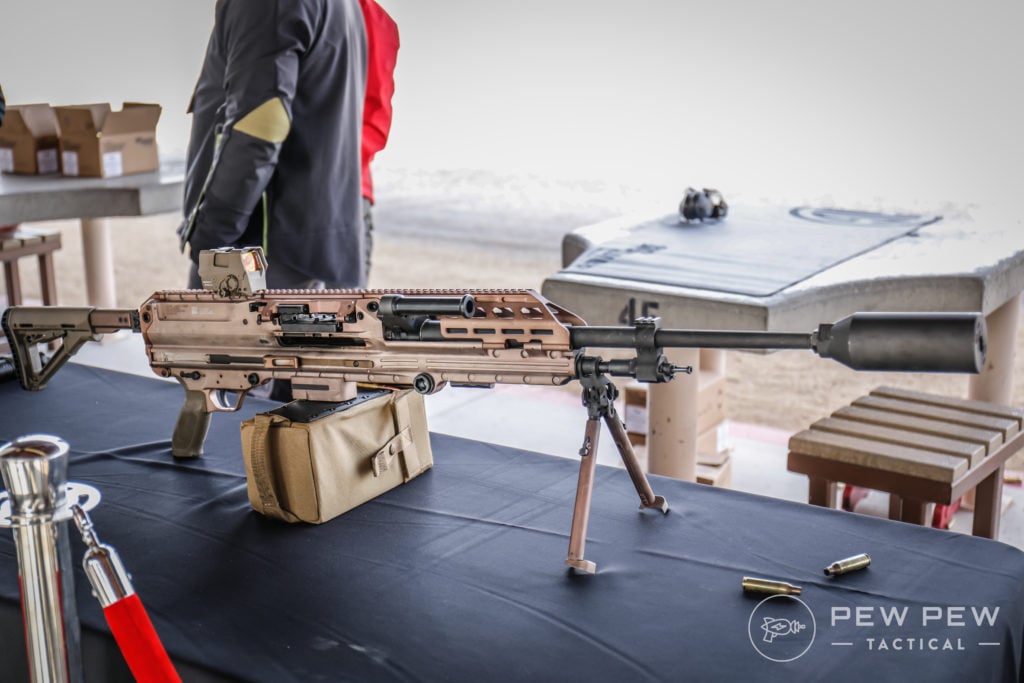
When the announcement was made Brett Flaugher, the president of Winchester Ammunition, said “this is a significant opportunity for Winchester to continue its steadfast support of the U.S. military, just as we have for decades.”
Translation: we’re going to help the military kick ass and take names.
The verbiage of the military’s documents regarding the ammo is as follows:
“The Ball cartridge is intended for use against enemy personnel, for training, and for force protection. The JHP cartridge is required for use in situations where limited over-penetration of targets is necessary to reduce collateral damage.”
They’re calling the JHPs “Special Purpose” loads which are very political of them, but hey, at least they’re using them. Those special-purpose loads are 9mm 147-grain JHPs. The other load is 9mm 115-grain FMJ.
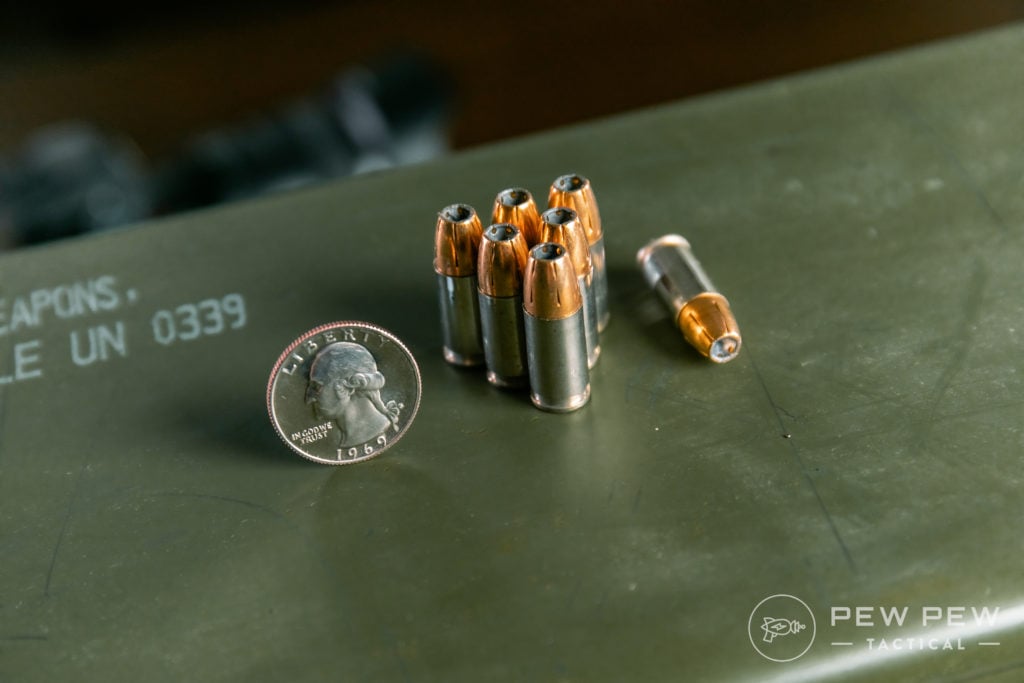
As Union General William Tecumseh Sherman once said, “War is hell” and to me, that means you’re going to be using better than ball ammo in combat.
Parting Shots
So yes, it is technically true that the United States military has been using FMJs for decades thanks to The Hague Convention. It’s also true we didn’t sign all that and are not bound to stick to FMJs.
As a result, we’re making the transition to using JHPs for more than special forces and military police.
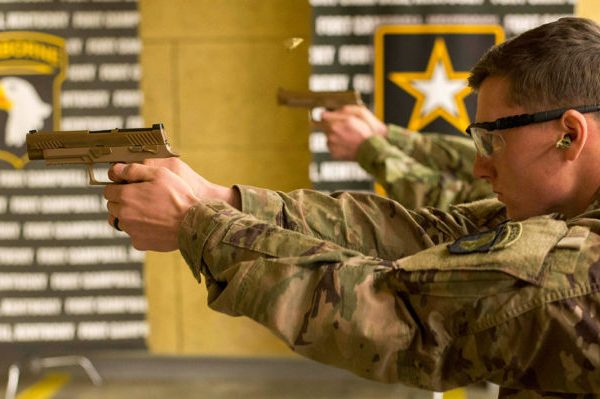
Next time someone tells you they use FMJs for self-defense because the military does, ask them when they signed The Hague Convention.
Then remind them this great nation was just trying to keep political players happy but is now making the change to using JHPs (and, in fact, has allowed special force and military police to use them for way longer).
Do JHPs cost more? Yes, but if you start nitpicking the price of your defense ammo I’ll ask you how it feels to put a cheap price tag on your life and the lives of your loved ones.
Use good ammo. Make good choices. Stop the threat.
What is your personal pick for HP ammo? Are you planning on getting some of the new 147gr HP ammo from Winchester? Let us know in the comments! If you’re looking for the best on the market right now, take a look at the Best 9mm Ammo and the Best 9mm Pistols!

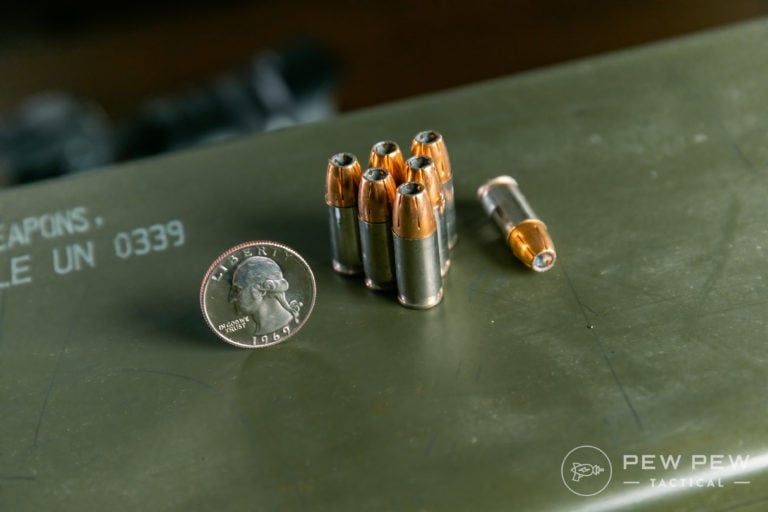

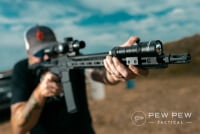



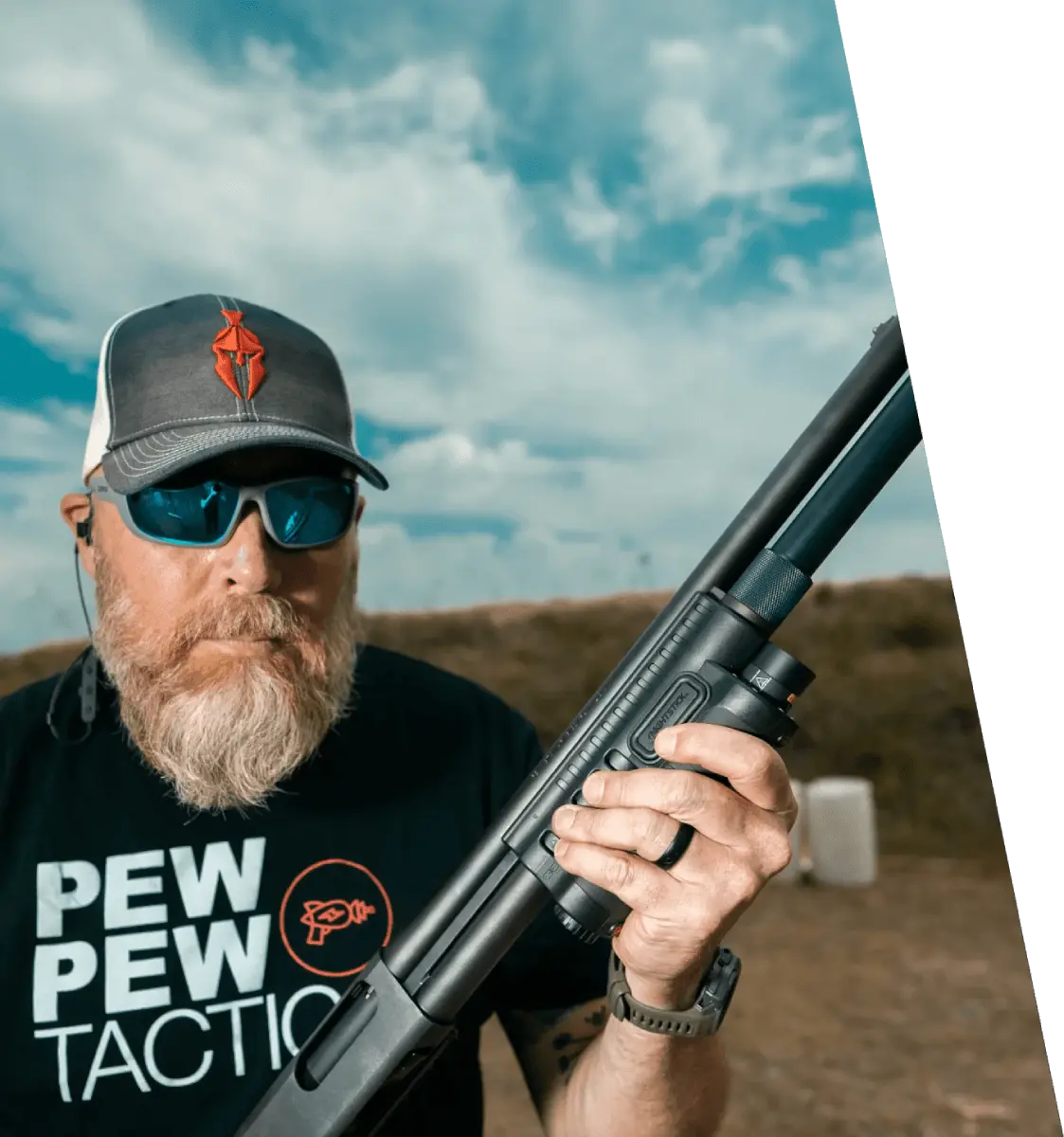

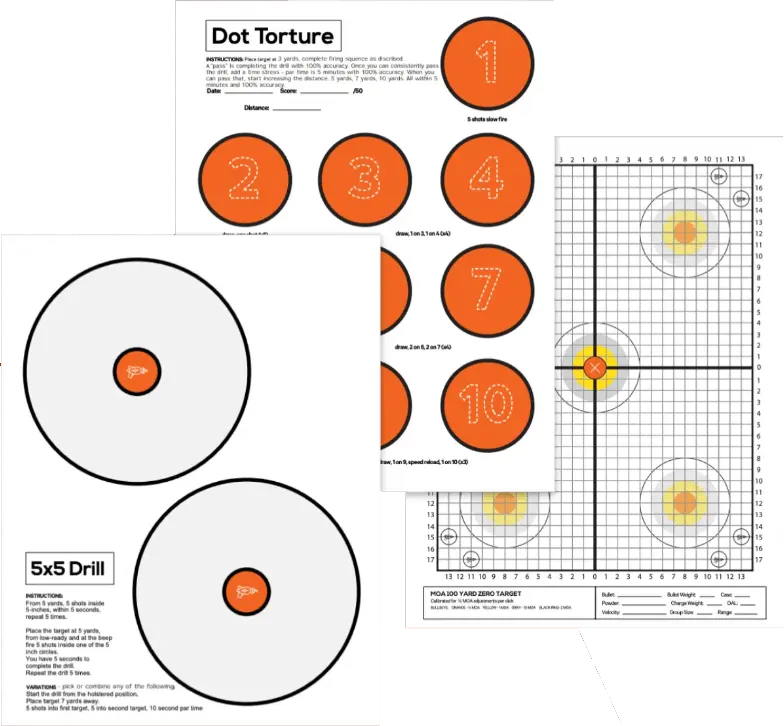
7 Leave a Reply
M193 is an extremely effective round despite being FMJ. This is easily verified. Bullet construction and impact velocity are the big determinants of wounding. Short barrels and a heavier round (M855) led to the complaints about lack of effectiveness in Somalia. M193 (common 55 gr FMJ) is still extremely effective out of 16" AR15s at defensive ranges. Soviet 7N6 is an attempt to replicate the wounding potential by including an "air pocket" at the tip to ensure the bullet tumbled on impact, but close-range hits with M193, despite it being FMJ, still cause more damage.
The first report about the M16 in SE Asia spoke glowingly of its"killing power" when compared to the M14. People claiming the round was "designed to wound" are repeating urban myth.
I think you might be under selling the psychological aspects of what a wounded soldier is to a squad and to citizenry. Just imagine for a second what if our medical systems weren't able to save as many IED victims? Would the usa be as war weary from Iraq and Afghanistan? A surviving but permanently mutilated soldier has a serious psychological toll on a country.
This is also why we adopted the use of flechette rounds during Vietnam war and Korean war. They heavily mutilated their target with the "iron rains" of artillery and air support. The enemy believed that death was honorable and the departed was taken with their body to the afterlife. So what is the psychological hit to morale that you get a heavily mutilated body in your afterlife?
Now let's imagine a military is unable or unwilling to provide treatment for its soldiers. Would you follow those orders?
That being said as a civilian I am unlikely to ever face an armored foe, more likely a thug in a hoodie maybe motorcycle leathers at the worst. For that use case I carry speer gold dot in 9mm and train with speer lawman since they claim it is ballistically extremely similar. If I were military I would want to be able to penetrate armor or car doors etc.
Exactly. "The purpose of war is to force the enemy to do your will, not kill them all." "Wars are won or lost in the mind." "A KIA is a problem that can be wait, a WIA is an immediate problem." "Let the dead take care of the dead, and the living the living." "A dead person requires nothing, the wounded take 3-5 more people off the front lines." All lines I heard in training. FMJ is for the range, Hornday Critical Defense in my EDC.
I like your style girl(writing). Enjoyed your article. FTR. I'll stick with 1911s. Nickel case hand loads w/ Speer gold for hp!!! Take good care. Stay away from stupid people
Ian Blackfeather
Former Marine 2010-2016. Sooooooo not to be rude, because you definitely did your homework, but isn’t there a reason armor piercing rounds are not hollow points? And wouldn’t it make more sense from a military stand point to not use HP’s specifically because they don’t over penetrate? In other words, when we’re done fighting in the sandbox against farmers and goat herders and we get into with, oh I don’t know, maybe China or Russia or really anybody with a moderately supplied military that uses body armor, why would I want to use a hollow point for that? I mean, the M855 for example, while not TECHNICALLY an armor piercing round (by literal technical definition only I should add, and frankly only because of how the ATF defines armor piercing for the United States sans the rest of the world mostly from pressure so we could keep our M855 on store shelves thank God!) has a steel penetrator tip that is specifically designed to further increase the penetrating power of said round, and that round is pretty much nothing, but an FMJ. That penetrating tip, if a hallow point, would drastically decrease it’s ability to penetrate if not remove it entirely. So in other words, if you hit something soft like the guy’s legs, the HP is better, but HP is going to be pretty well worthless against whatever variety of body armor specifically because it mushrooms more easily, spreading out the force across a much larger area and thus becoming more easily absorbed by the armor. Armor which, by the way, would also happen to be covering the largest target area of the subject and the most likely area where the round would impact outside of whatever distance for your average run of the mill grunt. I would suspect that the real reason for the change in ammo for pistols has to do with engagement range and higher likelihood of shooting the dude in the face. Nobody is engaging with a pistol in the military unless they absolutely have to, and frankly, hardly anybody ever had them in country (comparatively with like an M16 or M4). As far as tier-1 high speed guys go, they do a lot more shooting than straight leg everybody else and can more readily hit in areas that are not covered with armor. Plus, they do a ton more CQB, so again, engagement ranges matter.
Just my opinion. Knowing the US, we’re a lot more likely to cheat and find ways around a convention agreement than maybe you give us credit for although you do cite a number of examples of us doing exactly that. I have a feeling that cost and penetrating power have a lot more to do with it than anything else. M855 may leave nice, clean holes, but at least with armor they’re more likely to even leave a hole in the first place which may very well be the difference in the battle. I don’t want to go into combat with anything where the only place I can kill the guy is by hitting him in the head.
Garrison nailed it from the military perspective. Also, with rifles there is hydrostatic shock, especially at closer ranges/higher velocities, which takes care of the wound channel issue. 6.5 Creedmoor actually excels at this. That huge and rapid pressure difference basically liquefies everything in that immediate area. Same reason subs and ships don't have to worry to much about divers as a threat, because powerful sonar takes care of them instantly.
Reliability is better with fmj rn or fmj spitzer, how was this not mentioned in the entire article. Look at U.S. military weapons and ammo trials. Even flat nose fmj is slightly less reliable in certain firearms.
And for the love of all that is good, please, please, please have someone be a proofreader at pew pew tactical. It really detracts from the author's hard work when it looks like they wrote the article on their phone and could not tame their autocorrect.
Great article